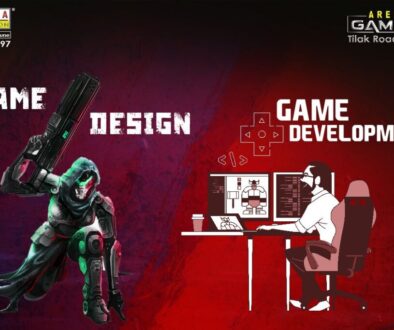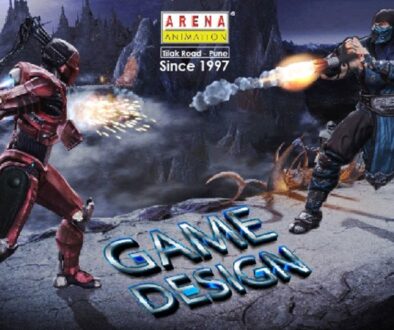Shedding Light on Immersive Worlds: Mastering Lighting Techniques for 3D Game Environments
Lighting is a crucial aspect of 3D game design that can significantly impact the user experience. Poor lighting can detract from a game’s visual appeal and immersion, whereas properly executed lighting techniques can help to create an immersive and engaging environment. Therefore, game designers must comprehend effective lighting techniques to create visually engaging game environments that players will appreciate investigating.This article provides an overview of illumination techniques for 3D game environments. We will discuss the fundamentals of lighting in game design and how lighting influences the game’s atmosphere. After this article, readers should understand how lighting can help create visually compelling and engaging game environments.

Types Of Lighting
-
Ambient Lighting
-
Point Lighting
-
Directional Lighting
-
Spot Lighting

Lighting Materials
-
Diffuse
-
Specular
-
Emissive
-
Transparent
Lighting Styles
-
Realistic Lighting
-
Stylized Lighting
-
Atmospheric Lighting
Lighting Tools
-
Lightmaps
-
Light Probes
-
Global Illumination



